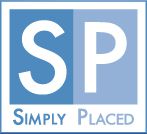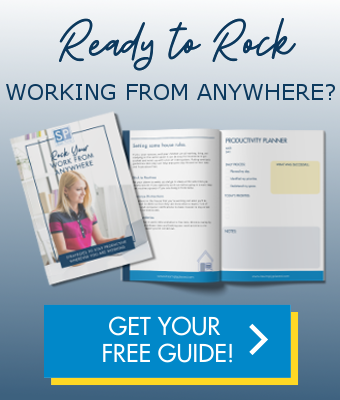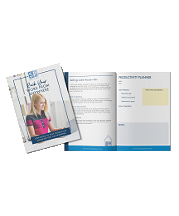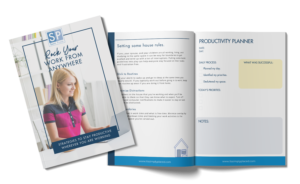
“To attain knowledge, add things every day. To attain wisdom, subtract things every day.” – Lao-tzu
In his bestselling book Essentialism, author Greg McKeown shares the business parable The Goal, where fictional character Alex Rogo is overwhelmed with the responsibility of turning around a failing production plant in three months. Initially Alex sees this as impossible. Then his mentor advises him he can make rapid progress, if he can identify the plant’s constraints – the obstacles holding the whole system back. As Alex is trying to understand this, he goes hiking with his son and his boy scout troop. Alex is responsible for making sure that all the scouts make it to their campsite before dark, but he soon finds that some of the boys go very fast and others very slow. The gap between the fastest hiker at the front and the slowest boy at the back gets longer and longer.
To narrow the gap, Alex tries getting the fast hikers to stop and wait for the others to catch up. But this only keeps the group together for a short time; as soon as they start walking again the same gap forms again. So then Alex tries a different solution. He puts the slowest boy in front and lines everyone else up in order from slowest to fastest. As soon as he does this they begin to move as a unified group. Each boy is able to keep up with the one in front of him, and Alex is able to keep an eye on them all at once. However, now they are moving at a much slower pace.
To address this problem, Alex realizes he needs to do everything he can to make it easy for the slowest hiker. With any increase in that boy’s speed, the whole group will arrive that much faster. So he takes weight out of the slowest boy’s pack, distributing his extra food and supplies throughout the group. This improves the speed of the whole group, and they make it to camp in time.
Alex then realizes how he can apply this approach to running the production plant. Rather than trying to improve everything, he needs to identify the plant’s “slowest hiker” – the step in the process that is slower than all of the others. Alex does this by identifying which machine has the largest queue of materials waiting and figuring out how to improve that machine’s efficiency. This then improves the next machine’s efficiency, and the next, eventually improving the productivity of the entire plant.
Identify Your Slowest Hiker
So the question to ask yourself is, what is the “slowest hiker” in your work, or in your life? What constraint is preventing you from achieving your important goals? By identifying and removing this obstacle you can gain much more traction towards accomplishing what is essential.
A non-Essentialist approach to solving problems is haphazard. But just finding random things that need improvement here and there may lead to some short term gains, you will likely waste energy improving things that are not very important. To significantly improve the overall efficiency of any system, even something like a routine in your daily life, you need to identify the slowest hiker. Instead of reacting to crises and applying quick-fix Band-Aid solutions to the most immediate or obvious constraints, look for the obstacles that are most slowing down progress. Ask yourself, “What is getting in the way of achieving what is most important?” With this method you can reduce your efforts and maximize your results.
The Power of Subtraction
When we try to identify which efforts will produce our best results, it is often tempting to assume that better results will come by doing more – hiring more people, spending more time, producing more products or services, etc. But there is another way to improve results: focusing on what needs to be removed. How can we do this?
Clarify Your Intent. Ask yourself, “How will I know when I am finished?” Making your goals SMART will help you be clear about the outcome desired.
Identify the Weakest Link. Ask yourself, “What is preventing me from finishing this? (What is my “slowest hiker?”) List all of the obstacles and prioritize them to figure out which constraint, if removed, would eliminate the others.
Remove the Obstacle. This can often be surprisingly simple. If it is another person who may need help, ask how you can support them. Delegating tasks to someone else or rearranging priorities might be all that is needed to get a project on track. Or, it might be necessary to remove some responsibilities or tasks that are getting in the way so that people can focus on what is most essential and deliver the best outcome.
People are capable of better results and greater success when they are not overwhelmed and can focus on what is most important. To produce more of what is essential, it helps to remove more of what is not.
If you or your team are feeling overwhelmed, contact us to learn more about how our expert Professional Organizer and Productivity Consultants help people improve clarity and focus so they can do more with less.






